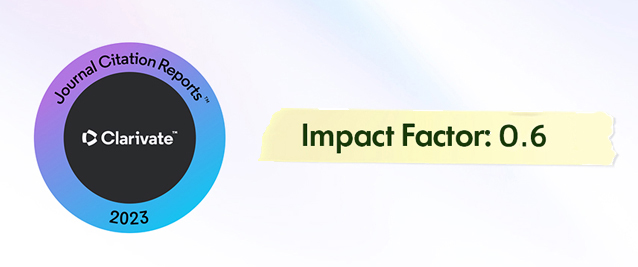2Department of Chemical Engineering, Ankara University, Ankara, 06100, Türkiye
3Department of Chemical Engineering, İnönü University, Malatya, 44280, Türkiye
Abstract
This research centers on developing an artificial neural network (ANN) algorithm to predict the precise removal of sulfate from synthetically prepared water samples. Two distinct resins, sodium-based cationic resin (SBCR) and divinylbenzene styrene (DVBS), were employed to achieve this goal. Additionally, the study investigated the influence of column properties (diameter and height), initial sulfate concentration, and contact time on sulfate removal from synthetically prepared samples. After collecting data from experimental trials, a feed-forward ANN structure was constructed. The selected input parameters for predicting sulfate removal encompassed column properties (diameter and height), contact time, resin type, and initial sulfate concentration. The model’s performance was assessed using several statistical criteria, including the correlation coefficient (R), mean absolute percentage error (MAPE, %), root mean square error (RMSE), and mean square error (MSE). The model’s training and test performance yielded impressive results: the correlation coefficient (R) was exceptionally high at 1.0000 for training and 0.9999 for test, indicating a strong alignment between predicted and actual values.
Moreover, the mean absolute percentage error (MAPE, %) was 0.5422 for training and 0.9223 for testing, reflecting low average percentage differences between predictions and actual data and indicating high accuracy. The root mean square error (RMSE) values were also 0.0012 for training and 0.0034 for the test, demonstrating minimal average prediction errors. Lastly, the mean square error (MSE) values were notably low, with 1.42x10-6 for training and 1.14x10-5 for test phase, underscoring the model’s ability to provide accurate predictions with minimal deviations from actual values. Based on these comprehensive evaluation criteria, the ANN exhibited strong predictive performance in estimating sulfate removal.














